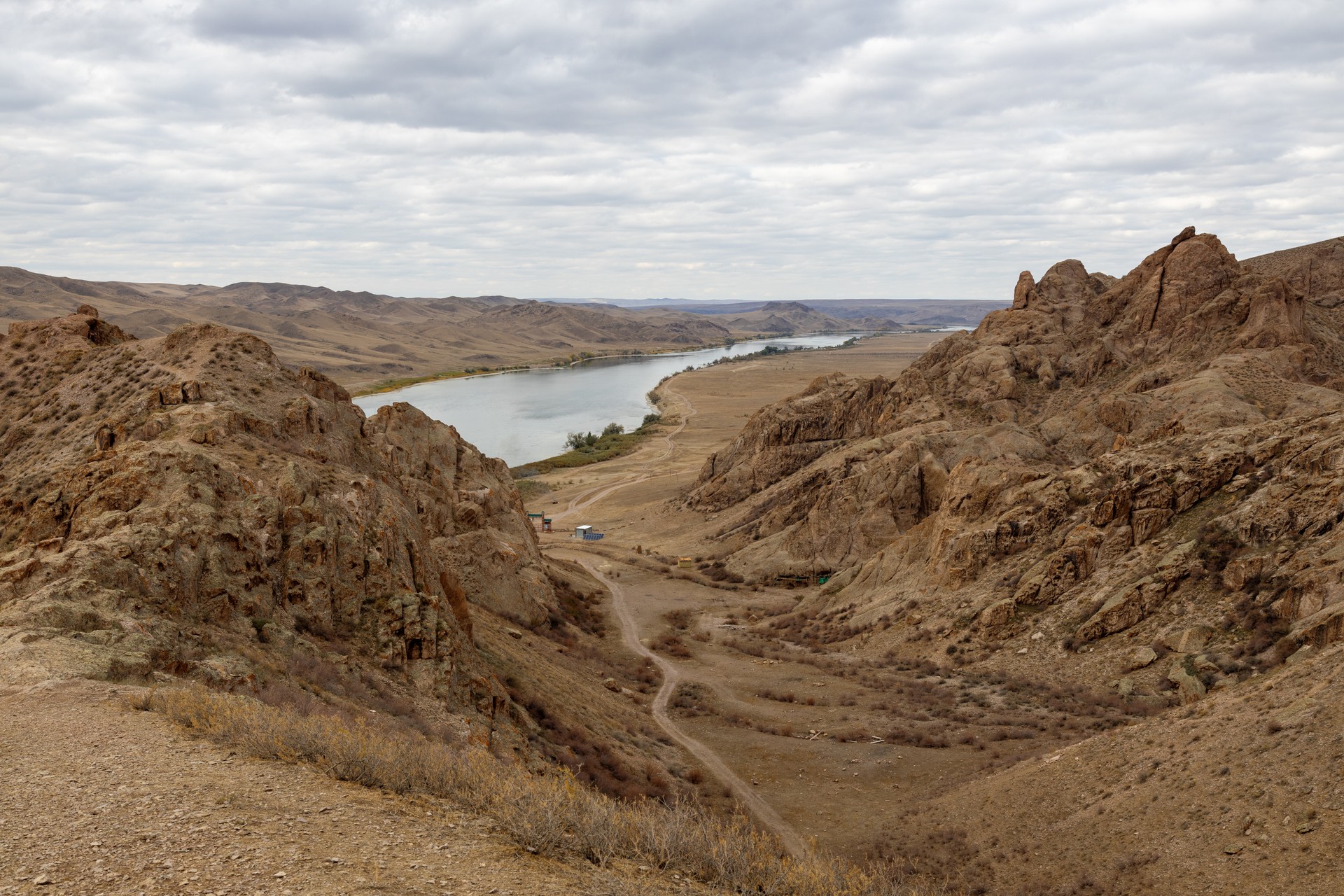
The Tamgaly Gorge in southern Kazakhstan is home to rock carvings that have been preserved for approximately 3,000 years. Known as the Tamgaly petroglyphs, these ancient artworks are located about 170 kilometers (105.6 miles) northwest of Almaty and offer a glimpse into the region's rich historical heritage.
In 1957, researchers discovered the petroglyphs during Bronze Age tomb excavations. "Our open-air museum covers an area of 3,800 hectares," stated Rinat Sharipov, Deputy Director of the Tamgaly State Open-Air Museum-Reserve.
"Besides rock carvings, the area includes Bronze Age living spaces, worship sites, and burial grounds. The museum also features rare plant species and wildlife like foxes, wolves, and argali sheep," he added.
In 2003, the government placed the petroglyphs under state protection, and in 2004, UNESCO added them to the World Heritage List. Each year, the site attracts numerous tourists and scientists from around the world.
The petroglyphs, made using a deep carving technique, often feature sun-headed human figures, bulls, and other animals, etched 3 to 5 millimeters into the rock surface. "The largest rock carving reaches up to one meter," Sharipov noted.
The first carvings date back to the Bronze Age, created by the region's early inhabitants. This tradition continued with the Gokturks during the medieval period. Many medieval carvings depict ancient Turkic warriors from the 6th to 7th centuries.
Prof. Dr. Gaybulla Babayarov from the Uzbek Academy of Sciences emphasized Tamgaly's significance. "This place encapsulates many stages of ancient Turkic culture, reflecting the worldview of Turkic tribes from the earliest times to the Middle Ages," he stated.
Babayarov, who researches Gokturk history, noted the presence of Gokturk stamps and mountain goat images, symbols of bravery and agility among the ancient Turks, in the rock carvings.
The Tamgaly petroglyphs are more than just rock carvings; they offer invaluable insights into the history and culture of the ancient Turkic peoples. The preservation and study of these ancient carvings continue to provide important information for historical research.
The site's significance extends beyond its visual appeal, as it helps researchers understand the cultural and historical context of the ancient Turkic tribes.
"These petroglyphs tell us about the life and beliefs of people from 3,000 to 5,000 years ago."
"When these carvings were made, people worshipped the sky, fire, and sun, and they domesticated animals," Sharipov explained.